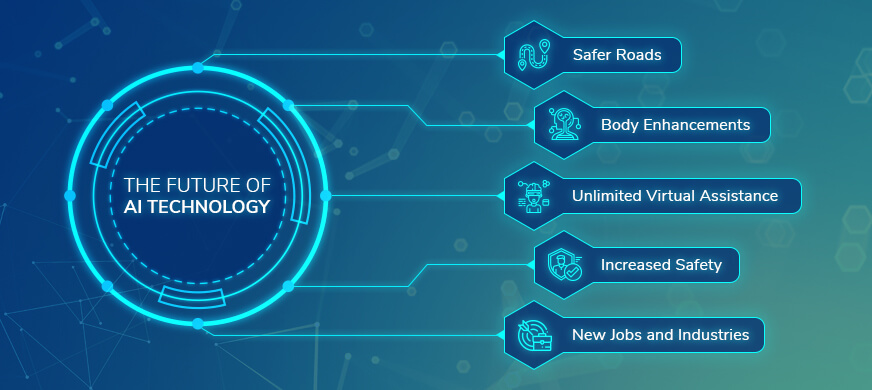Physical Address
304 North Cardinal St.
Dorchester Center, MA 02124
Physical Address
304 North Cardinal St.
Dorchester Center, MA 02124

Era of Data Science

Era of Data Science

Artificial intelligence (AI) automation has already had a significant impact on many aspects of our lives, from virtual assistants like Siri and Alexa to (nearly) self-driving cars. As this technology continues to develop, its implications for the future could become even more far-reaching. However, there is a lot of discussion and debate about AI, leaving many people unsure about how it will ultimately affect us.

Despite the uncertainty, it is clear that AI will shape our future in numerous ways, both positive and negative. Here are seven potential ways that automation and artificial intelligence could change the future:
While it remains to be seen how AI will ultimately shape our future, it is clear that this technology will have a significant impact on many aspects of our lives. As such, it is important for individuals, policymakers, and society as a whole to consider the potential implications of AI and work towards ensuring that its benefits are maximized while its negative consequences are minimized.
In Addition:
are already widely used in engineering, manufacturing, and healthcare. However, there are concerns about the risks associated with AI and machine learning in robots. But with the proper regulation and validation of AI, advanced robotics can help transform the future, including deep-earth exploration, disease management, and space travel.
are a subset of machine learning techniques that have been around since the 1950s. DNNs can process natural language, recognize speech, and recognize images, and are made up of numerous hidden layers of neurons. These hidden layers learn representations of the data they receive, which are then used to predict the output data.
are another example of AI technology that has demonstrated significant success in creating images and movies. GANs use two rival neural networks in training, with one network determining whether the samples came from produced or actual data, while the other network tries to create real examples. GANs have been utilized to create new images from existing masterpieces created by renowned artists.
is also being used in the field of cybersecurity to analyze historical data and generate alerts for potential dangers. The data may be used to train a model that will make the system safer and prevent security breaches.
The possibilities for AI are limitless, and businesses can use automated machine learning to create ML models ready for production. Forecasting time series is another area where automated ML in combination with time-series data can provide excellent results for businesses.
In conclusion, AI automation is rapidly changing our world, and businesses must be aware of the limitations and restrictions of technology before employing it. With proper regulation and validation of AI, the future possibilities of AI are endless.